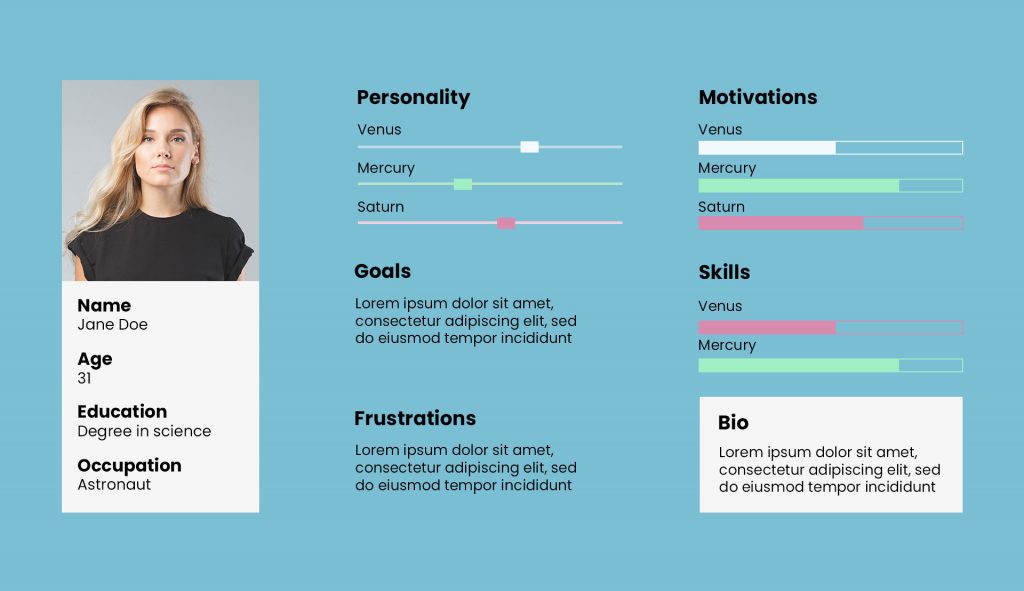SKAdNetwork 4.0
Apple recently announced new additions and updates to SKAdNetwork 4.0, which is slated to come out later this year. We summed up what marketers need to know about these latest updates and our perspective on the effects of those changes for our businesses.
IN GENERAL: WHAT IS APPTRACKING TRANSPARENCY?
Based on the new released update from Apple about app tracking privacy framework. Since beginning of last year the App store is requiring apps to receive permission from the users before tracking them. Apple is sharing the best practices for App developers, to adapt to this Policy.
WHEN TO ADOPT?
- When user or device data collected from your app is linked to user or device data collected from other companies for targeting advertising. The user will be required to grant permission to get tracked, even if the data is hashed.
- The user will be required to provide permission to get tracked, when a 3rd party SDK is using and sharing data from your app with other apps or companies for advertising purposes, for instance an Ad Network.
- Sharing user data with Data brokers is also considered withing the App tracking transparency framework, whether or not the data brokers are using this data for advertising purposes, it will require user permission.
HOW TO ADOPT?
- In order to track and use user or device data for advertising purposes, you will need to ask for permission of the user within your app. App developers will need to present the APP TRACKING AUTHORISATION REQUEST PROMT.
- App developers will be required to provide a User Tracking Usage Description key in the app’s info.plist, providing info to the user why the app is requesting permission to use data for tracking the user or device.
- Use tracking Authorization Status to determine authorization.
FINGERPRINTING
With permission tracking is allowed, but fingerprinting is NEVER allowed.
WHAT WAS NEW WITH PREVIOUS SKAdNetworks?
- SKAdNetwork 2.0: introduced privacy-preserving ad attribution
- SKAdNetwork 2.2: Enabled publisher apps to show custom ads
- SKAdNetwork 3.0: Added postbacks for non-winning impressions.
In iOS 15.0, Apple introduced postback copies for developers for all versions of SKAdNetork
NEW SKAdNetwork 4.0
The new features are:
1. Hierarchical IDs and conversion values:
Hierarchical IDs and conversion values are designed to provide more data to advertisers sooner.
The amount of attribution data received in the postback will be based on Crowd Anonymity level of the install, the more the user uniqueness is blended into the crowd the more data will be passed back.
More data while retaining our privacy protections. NEW CAMPAIGN IDENTIFIER FIELD, going from 2 digits up to 4 digits identifier, renamed as source identifier. Each of the digits will give meaning to the advertising purposes we would like to arrange, for instance:
5739: 4-digit source identifier
39: represents the ad campaign
7: represents Location of the user
5: ad placement
2. Conversion values
The Conversion values will be changing from a current 6 bit value to a 2 conversion values.
Fine grained value (6 bis): will stay the same.
Coarse grained value: will be one of three values
IMPORTANT: Different portions of the source identifier and Conversion values will be returned depending on the privacy (Crowd Anonymity) level of the install.
CONCLUSIONS:
- Source identifier is intended to be hierarchical
- Conversion values have different granularities
- Conversion values can increase or decrease
- SKAdNetwork 4.0 postbacks will have new fields
3. Multiple conversions
Multiple conversions are allowing to measure Re-engagement during a longer time frame
Going from a single postback method to three postbacks, tied to different time windows, and will be sent at the end of those windows.
>First postback gets fine conversion value
>Additional postbacks get coarse value
>Only the Winner and developer will receive additional postbacks
4. Web to SKAdNetwork:
Web to SKAdNetwork is extending privacy to ads shown on web pages.
- User taps on the link in the browser
- Opens the App Store
- App Store will fetch ad impression from the Ad network and eventually SKAdNetwork sends the postback out to the Ad network
Ad networks requirements:
- Create the uniquely identifiable parts of the ad links
- Expose an endpoint capable of serving signed impressions
- Update postback serversfor new source domain
Publisher webpages will be embedded ad links provided by your ad network.
For Testing your SKAdNetwork implementation through SKAdNetwork testability changes in Xcode 13.3
Validating impression
- Create and configure the impression
- Provide the public key
- Call the validate method
Testing postbacks
- Add test postback to the test session
- Send the postback out
WHAT ARE THE EFFECTS OF THOSE CHANGES FOR OUR BUSINESSES?
1. App Tracking Tranparency
- Sharing data from apps to third parties is considered a violation of ATT, which means that Apple might start cracking down on solutions offered by ad platforms that take user level data and turn them into aggregated campaign level performance reports. This could lead to less granular or even completely lacking reporting for everyone except the app developers.
- Fingerprinting is never allowed: while there was no mention of a tech solution to enforce this policy, it’s possible that in the near future Apple will start blocking probabilistic attribution methods of ad platforms, even if the user has opted in with the ATT prompt. For example, Apple might start rejecting apps with SDKs where fingerprinting is enabled, or the ad platforms are forced to remove this functionality themselves due to negative feedback. This could leave SKAdNetwork as the only viable attribution method on iOS in the end, though for the time being the current solutions will still be working fine.
2. SKAdNetwork 4.0
- The new source id (i.e. expanded campaign id) will allow advertisers to capture much more data on campaign performance given that a high enough install amount is reached, which means they don’t need to fear wasting a lot of ad spend on campaigns that they can’t optimize properly.
- With the introduction of hierarchical conversion values, even campaigns with low install amounts will be able to get some (“coarse”) performance data, whereas before they didn’t get any (making e.g. calculating ROAS basically impossible)
- Multiple postbacks (from 1 to 3 per install) will allow advertisers to track all engagements a user makes up to 35 days, which means no user activity is lost anymore due to an arbitrary time limit as it was with the previous implementation.
- Allowing SKAdNetwork tracking from web to app store will give advertisers more options on how to run their campaigns.
- With many of the issues from the previous SKAdNetwork versions seemingly being addressed in 4.0, I would expect to see advertisers start shifting budgets to iOS again. Additionally with the improved postback testing changes coming in Xcode 13.3, I am hoping to see more app developers update their apps to become SKAdNetwork ready.
- However, it’s likely that any changes will be enforced from iOS 16 onward (like how SKAdNetwork 1.0 was introduced for iOS 14+ devices only), so the full impact on the industry will be felt in 2023 when the new version becomes more widespread.











